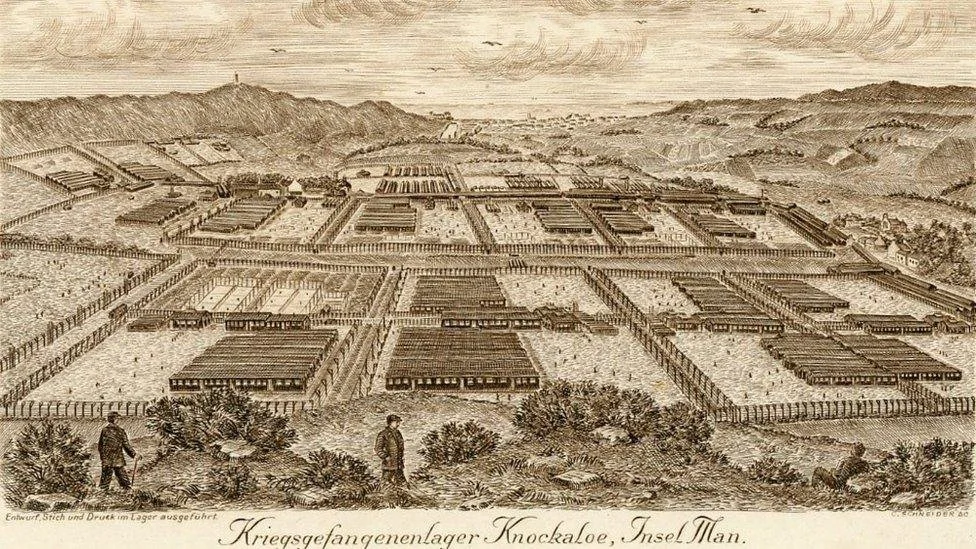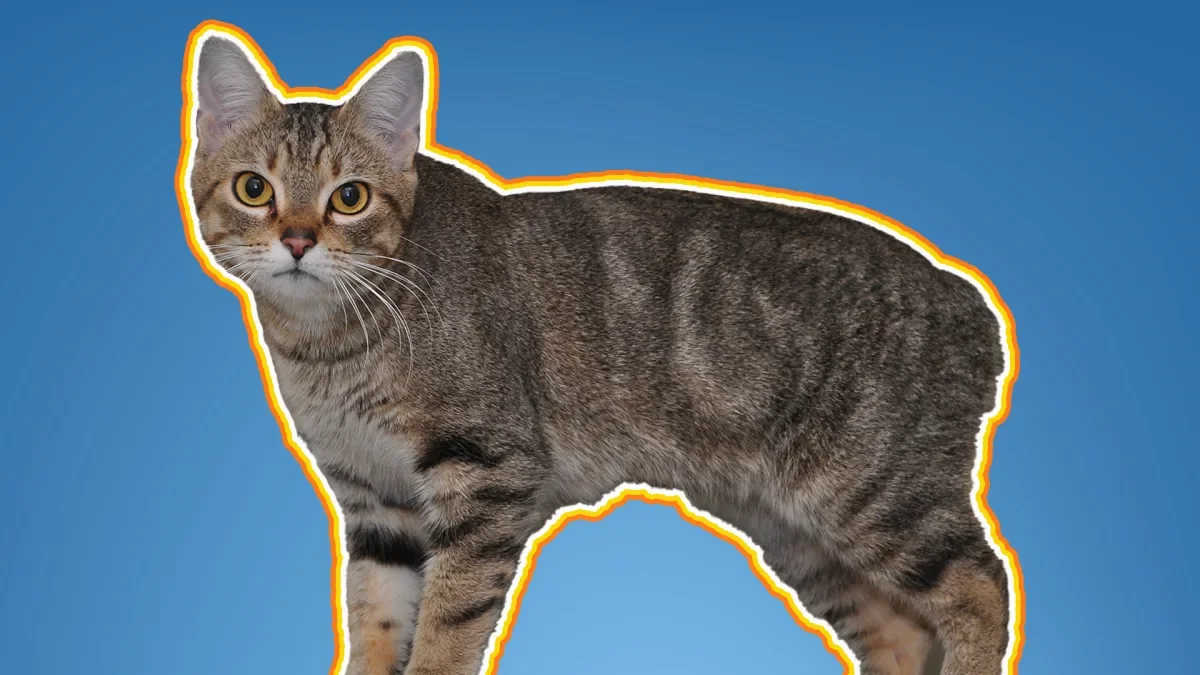What Cats Taught Joseph Pilates at Knockaloe Internment Camp
Pilates was inspired by… Cats?!
When you think about the origins of Pilates, you might imagine studios, reformers, or perhaps Joseph Pilates working with dancers in New York. But the true birthplace of this transformative movement method is far more unexpected: a World War I internment camp on the Isle of Man (where Founder Michelle is from!) where Joseph Pilates discovered the fundamental principles of his practice by observing cats.
From Circus Performer…
In September 1915, German-born Joseph Pilates found himself on a train to the Isle of Man, not by choice, but as a prisoner. When World War I erupted, the British government passed the Aliens Restriction Act, interning thousands of men with German, Austrian, or Turkish backgrounds as "enemy aliens." Joseph, who had been travelling with a circus troupe in England, was among them.
He was sent to Knockaloe Internment Camp on the Isle of Man - the largest WWI internment camp, which at its peak housed over 23,000 men. The conditions were basic: rows of sterile huts enclosed by barbed wire, inadequate meals due to German submarine blockades, and an atmosphere that bred what was then called "barbed wire disease" - what we now recognise as depression.
The Observation That Changed Everything
As weeks turned into months and years, Joseph watched his fellow internees deteriorate physically and mentally. They grew paler, weaker, and increasingly apathetic. But something caught his attention: the camp's cats remained bright-eyed, lithe, and efficient hunters, despite being just as underfed as the humans.
This observation sparked a question that would change the fitness world forever: Why were the cats in such good shape while the humans were failing?
Joseph began spending hours carefully observing the feline inhabitants of Knockaloe. He noticed that when the cats had nothing else to do, they would stretch repeatedly—extending their legs, keeping their muscles limber and alive. They never stopped moving with purpose, even in confinement.
The Birth of Contrology
This revelation became the foundation of what Joseph called "Contrology"—the original name for Pilates. He understood that even in the most restrictive circumstances, the body needs to move, stretch, and breathe. The cats demonstrated a fundamental principle: consistent, purposeful movement maintains vitality and physical resilience.
During his three and a half years at Knockaloe, Joseph began developing his exercise system. He worked with fellow internees and is believed to have helped patients in the camp hospital, encouraging them to keep moving despite low morale and physical confinement. Using the resources available - including bed springs - he began innovating the equipment that would later evolve into the Pilates apparatus we know today.
A Lifelong Inspiration
The influence of cats on Joseph's work didn't end at Knockaloe. Years later, after emigrating to New York and opening his studio, Joseph would visit Central Park Zoo with his student John Howard Steel. Steel recalled that Joseph was "transfixed watching large caged cats," pointing out every movement and explaining how he'd incorporated each stretch into Contrology.
"He was watching himself in that enclosure," Steel realised. "He knew what it was like to be caged."
In Joseph's own words from his book Return to Life Through Contrology: "Normal muscles should function naturally in much the same manner as do the muscles of animals."
The Principles We Practice Today
The cat-inspired wisdom Joseph discovered at Knockaloe remains central to Pilates practice today:
Consistent stretching and lengthening to maintain muscle suppleness
Natural, flowing movement that respects the body's design
Mindful awareness of how we move through space
Complete relaxation between exertions, just as cats sleep utterly relaxed
Purposeful movement even in challenging circumstances
When you perform exercises like Cat-Cow, spine articulation, or any stretching movement in your Pilates class, you're connecting to this lineage of observation and resilience.
From Adversity to Global Impact
There's something profoundly moving about the origins of Pilates. In one of humanity's darkest chapters—a wartime prison camp—Joseph Pilates found wisdom by watching creatures who never forgot how to move naturally. The cats didn't let their circumstances diminish their vitality. They stretched, they moved, they maintained their physical integrity.
This observation transformed into a movement method that has helped millions of people worldwide improve their strength, flexibility, and wellbeing. From a place of confinement came a practice that offers freedom—freedom from pain, from poor movement patterns, and from the physical limitations that restrict our lives.
Visiting Knockaloe Today
Today, the site of Knockaloe Camp on the Isle of Man has a Visitors Centre that tells the story of this remarkable place and its inhabitants. The centre even hosts annual Pilates classes on the exact location where Joseph was once interned—a fitting tribute to the resilience and innovation that emerged from such challenging circumstances.
The Wisdom Continues
At Yellow Pilates, we honour this legacy every time we step into the studio. Joseph Pilates understood that movement is not just physical exercise - it's a pathway to wellbeing, resilience, and vitality, regardless of our circumstances.
The next time you see a cat rise from sleep and stretch luxuriously, take a moment to appreciate the wisdom in that simple act. That same wisdom - refined and systematised - is what we practice every time we move through a Pilates session.
Interested in experiencing the transformative power of Pilates for yourself? At Yellow Pilates in Glasgow, we offer mat classes, equipment sessions, and private sessions suitable for all levels. Book your introductory package and discover what this remarkable practice can do for your body and mind.





